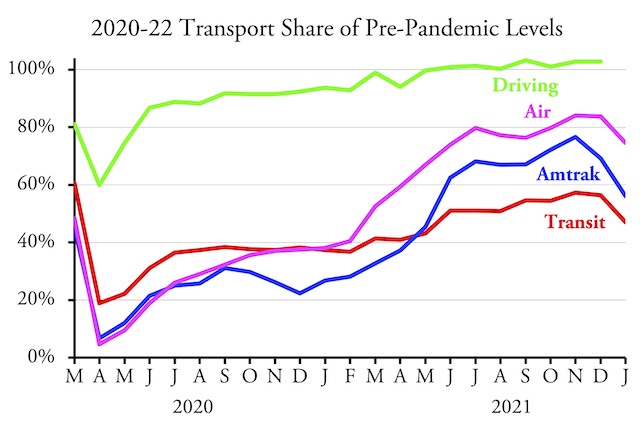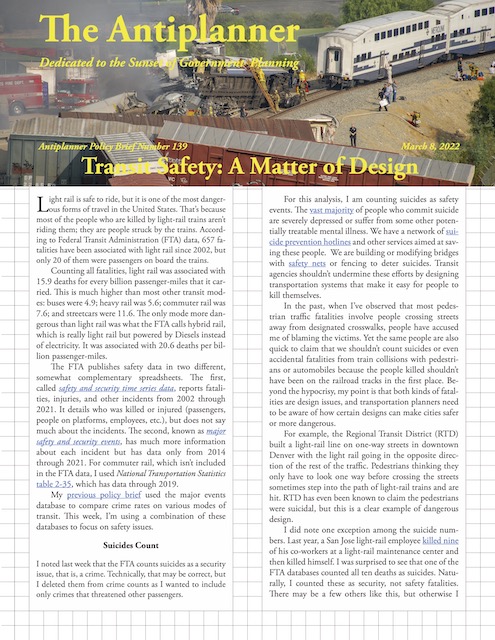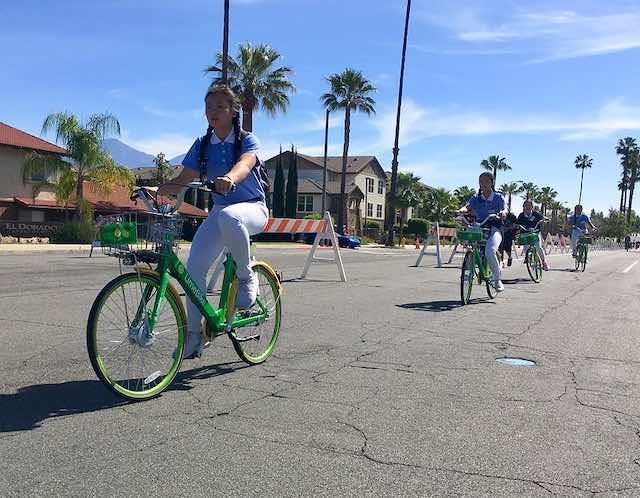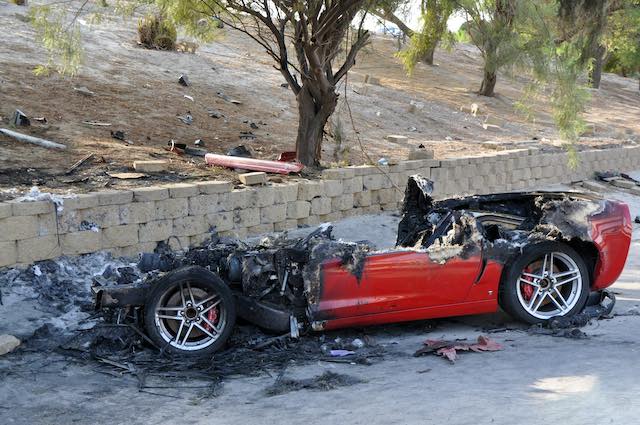Mutual of Omaha is building a new headquarters in downtown Omaha, which at first appears to be a revival of downtown fortunes. But the company has 4,000 employees in the Omaha area, and the new headquarters will have room for no more than 2,500 of them, as the rest are expected to work from home on any given day.
Mutual of Omaha’s planned skyscraper may become the tallest building in Omaha — but it will only have enough room for about 60 percent of the company’s Omaha-area employees.
So why locate downtown? Maybe because of the $68.6 million in subsidies — 16 percent of the building’s cost — the city is giving to the insurer. Continue reading







 The green line is the existing bus-rapid transit line while the circuitous orange line is the proposed rail route to Longmont. The thick grey lines are other rail transit routes that are nearly all in service today. If Longmont were really a worthwhile destination, the logical thing for RTD to do is extend the bus-rapid transit line to Longmont. But Longmont officials were promised a train and they demand to have a train.
The green line is the existing bus-rapid transit line while the circuitous orange line is the proposed rail route to Longmont. The thick grey lines are other rail transit routes that are nearly all in service today. If Longmont were really a worthwhile destination, the logical thing for RTD to do is extend the bus-rapid transit line to Longmont. But Longmont officials were promised a train and they demand to have a train. 







